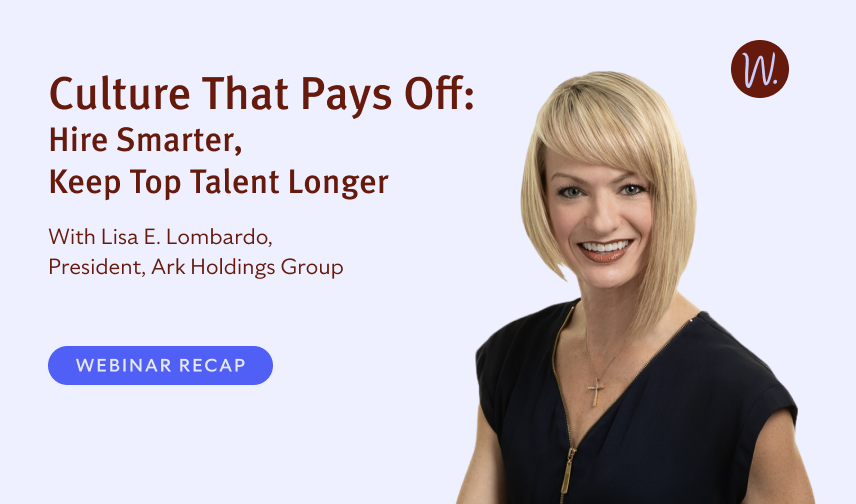Table of Contents
What Is an Equal Opportunity Employer?
A business is considered an equal opportunity employer if it is dedicated to giving all qualified individuals equal access to job opportunities and career advancement regardless of protected characteristics.
These characteristics are outlined in guidelines established by the EEOC. The main federal laws enforced by the EEOC are Title VII of the Civil Rights Act of 1964, the Americans with Disabilities Act (ADA) of 1990, the Age Discrimination in Employment Act (ADEA) of 1967, and the Equal Pay Act of 1963. These laws prohibit discrimination based on the following:
- Race
- Color
- Religion
- Sex (including pregnancy, gender identity, and sexual orientation)
- National Origin
- Age (40 or older)
- Disability
- Genetic Information
How Does the EEOC Affect Your Business?
Aside from investigating discrimination claims, the Equal Employment Opportunity Commission (EEOC) significantly influences the employment landscape. What does this mean for your business and your compliance responsibilities?
Compliance Obligations
The EEOC establishes the legal EEO guidelines for equitable hiring practices. It is important to comprehend and abide by these rules to prevent expensive legal actions and fines that could affect your bottom line.
Promoting Diversity and Inclusion
The EEOC encourages businesses to create a diverse workplace. This promotes innovation, increases worker engagement, and enhances your company’s reputation.
Data Collection and Reporting
Businesses (over 100 employees) need to file EEO-1 reports that include demographic information on their employees. The EEOC can track trends and spot discrepancies in hiring practices, so monitoring your hiring practices is important.
The Role of EEO in the Hiring Process
The equal employment opportunity survey is typically part of the application process when it is time to hire. Employers may not directly ask these questions during an interview, but knowing their applicant pool’s demographics helps them optimize talent acquisition efforts and reach a wide range of qualified candidates. Here is a breakdown of the topics an EEO survey might include:
- U.S. Citizenship: Employers use this question to assess federal employment eligibility
- Race/Ethnicity: This data tracks diversity metrics and evaluates employer outreach
- Gender: The EEOC defines gender as male, female, or transgender
- Disability: Whether you have a disability requiring reasonable accommodations for work
- Protected Veteran: This lists veterans with employment protections
Remember that this is not a background check, and answering these questions is completely voluntary for applicants. Each survey question typically has a “decline to answer” option. Job seekers can respond to all, some, or none of the questions.
Using this information to discriminate against a candidate is illegal and shouldn’t influence hiring decisions. However, the data from candidates serves an important function: EEO-1 data reporting.
The Power of the EEO-1 Report
One of the EEOC’s most important tools is the EEOC-1 report. Businesses with over 100 employees need to submit racial, ethnic, and gender data for this annual report.
Think of it as a snapshot of your company’s demographics. This data helps the EEOC:
- Identify industries or businesses with potential hiring biases
- Monitor progress towards building a more diverse workforce across the country
- Support research initiatives aimed at addressing employment discrimination
How to Make EEO Reporting Effortless
Compiling EEO-1 data has traditionally required tedious manual processing of personnel files or spreadsheets. This wastes money on HR resources and raises the possibility of mistakes that could cause your report to be delayed or even rejected.
Here’s where Wizehire steps in as your EEO reporting ally. Wizehire’s intuitive platform streamlines the EEO-1 process by:
- Collecting optional demographic data anonymously during the application process
- Providing real-time access to your EEO data through detailed reports
- Eliminating manual data aggregation
- Downloading anonymized reports in seconds
Imagine being an HR pro who conquers EEO reporting with ease. Say goodbye to hours spent on manual data entry. Wizehire frees up time and resources so you can focus on what truly matters—core HR operations like strategic initiatives and onboarding new hires. The result? annual EEO-1 report submission that is accurate and compliant in a streamlined manner.

Wize Words
Being an equal-opportunity employer is more than just compliance; it’s a strategic advantage. By cultivating a culture of respect, you harness the power of diversity, which brings a steady stream of fresh ideas, stronger team cohesion, and a future rich with innovation and growth. Embrace EEO—it’s a smart way to attract top talent and drive your business forward.
Frequently Asked Questions
Businesses are required to file an EEO-1 report annually to track workforce demographics. The filing period typically opens in April, allowing companies to submit data on employee race, ethnicity, sex, and job category.
It’s important to start early to meet the deadline, which usually falls in early June. Check the Equal Employment Opportunity Commission’s website for specific dates and details.
EEO (Equal Opportunity Employer) is a self-declared statement by a company indicating its commitment to fair hiring practices. They pledge to base employment decisions on qualifications without discrimination based on race, gender, religion, age, disability, or other protected characteristics.
The EEOC (Equal Employment Opportunity Commission) is a federal agency that enforces laws prohibiting employment discrimination. It investigates complaints, enforces compliance, and provides education and resources to promote fair treatment in the workplace.
Data from the Equal Employment Opportunity Commission (EEOC) shows that retaliation claims are the most frequent complaint they encounter.
In 2022, a significant majority (over 51.6%) of cases investigated by the EEOC involved employees alleging they were retaliated against for reporting discrimination or participating in an EEOC investigation. The trend of negative consequences for employees reporting potential discrimination may discourage others from reporting similar issues.







